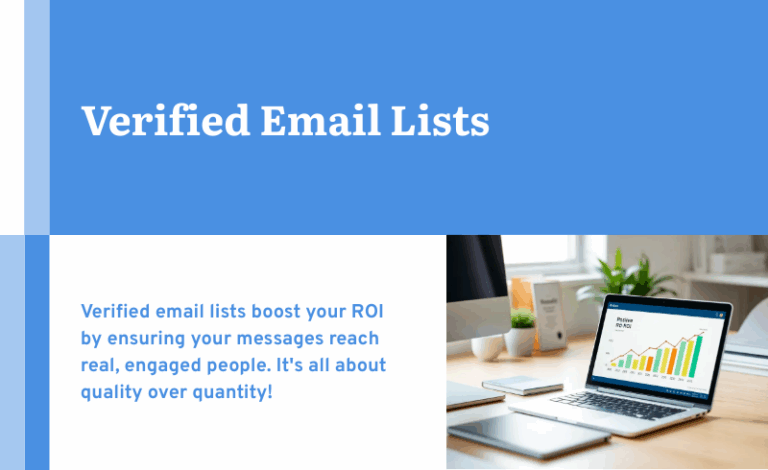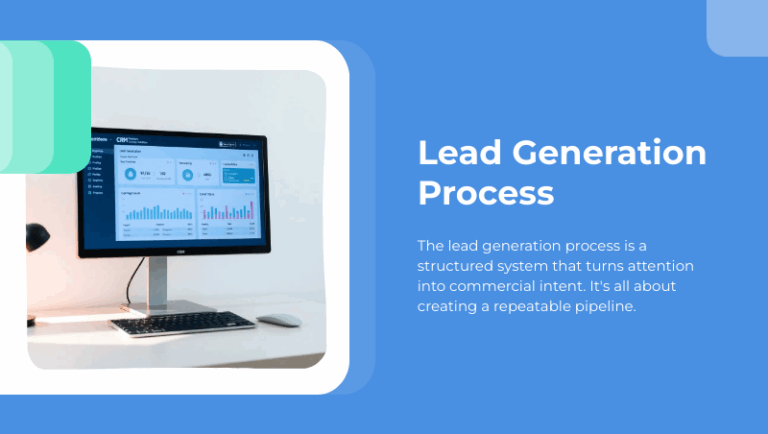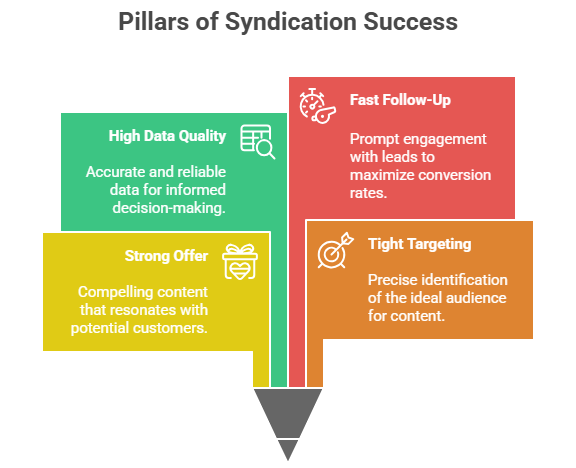Your hindsight may be 20/20, but how good is your foresight? That all depends on the tools you have available, say marketing researchers who are turning big data into big business for their client companies. Originally developed for scientific applications, big data has moved steadily toward center stage for business applications as well. One reason why is its predictive value. With enough data, you get real insight into what your leads need to help them make critical buying decisions.
Following the Trail
You may be sitting still at your desktop computer, but to a marketing automation system, you’re in constant motion online. Your trajectory through a given site or from page to page tells a story about what you’re hoping to find – a story that has powerful predictive value to software sophisticated enough to spot the breadcrumbs you’re leaving. For example, let’s say you’re searching for a content provider in your area. You might start your search by typing “business content Long Island” or “content creator New York” into Google’s search bar. The sites that pop up register which keywords you used to reach them when you click on them.
Multiply your search by tens of thousands of others, and search engines build a clear picture of what people want. Marketing automation systems use data in similar ways to create a portrait of a potential customer. If your search for a content provider also includes your industry, for instance, a marketing automation system takes that into account and uses that information to predict what you might want to know next. That’s where intent data comes in.
Intent Data
It’s easy to see where you’ve been, but big data is concerned with where you might be going. Some behaviors are highly predictive of certain outcomes, and these trends only reveal themselves after the software amasses enough data points to make an educated guess. You might notice, for example, that people who visit your company blog and read a particular post then go to your download page and request a particular white paper. You also see that leads who download this paper tend to convert at a high rate.
Knowing the correlation between the blog post and the download and the connection between downloads and sales lets your marketing automation system assign higher value to that post. From there, your marketing team can then produce more content that’s similar, expand the blog post into a feature-length article, or send the post out as a newsletter.
Intent data is everywhere, but not all software can see it – or at least, these systems can’t see it all at once. A centralized system that takes information from cookie-based ads, Facebook and Twitter, user opt-in pages, shares, email opens, and other behavioral details can put this information into context and use it as a predictor of intent.
The right use of intent data can definitely take personalized marketing to a whole new level. It can open windows to the buyer’s mind in a way we’ve never seen before. But the question remains, are we there yet in terms of measuring buyer intent?
Be Where Your Customers Want You
When you’re able to predict what your leads want, you’re better able to give it to them. By serving up content based on what you and your marketing team now know your leads are likely to want, you offer better service every step of the buyer’s journey from anonymous visitor to customer. Anticipating people’s needs puts you in position to meet those needs quickly, and that puts you leagues ahead of your competition.
Capturing this much information and making sense of it is a role only big data can handle. Marketing automation is a nascent technology, but it’s already possible to see its potential now and in the future.
© Reach Marketing LLC 2015 All Rights Reserved.




